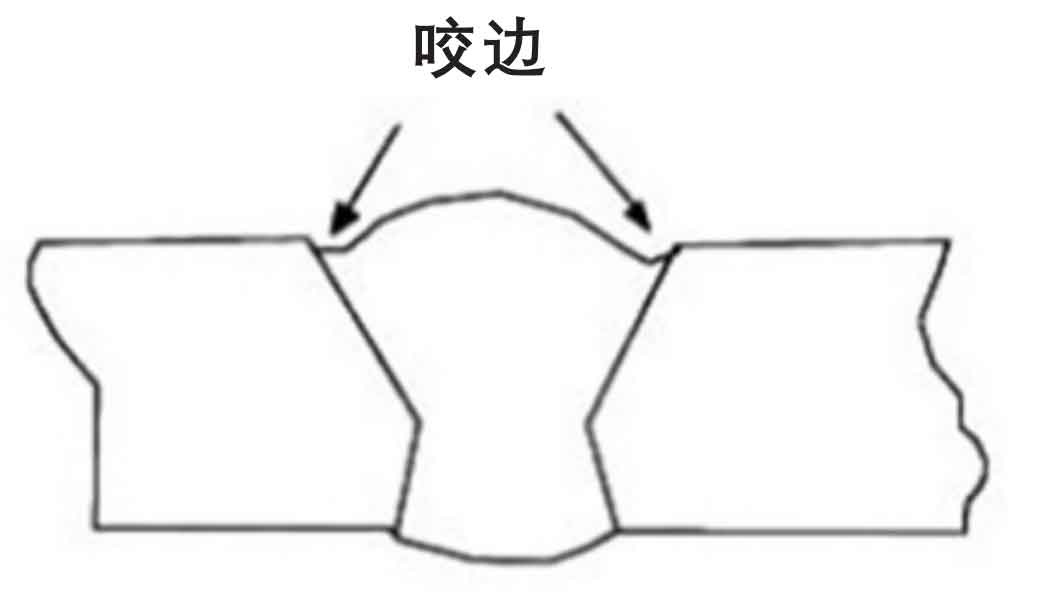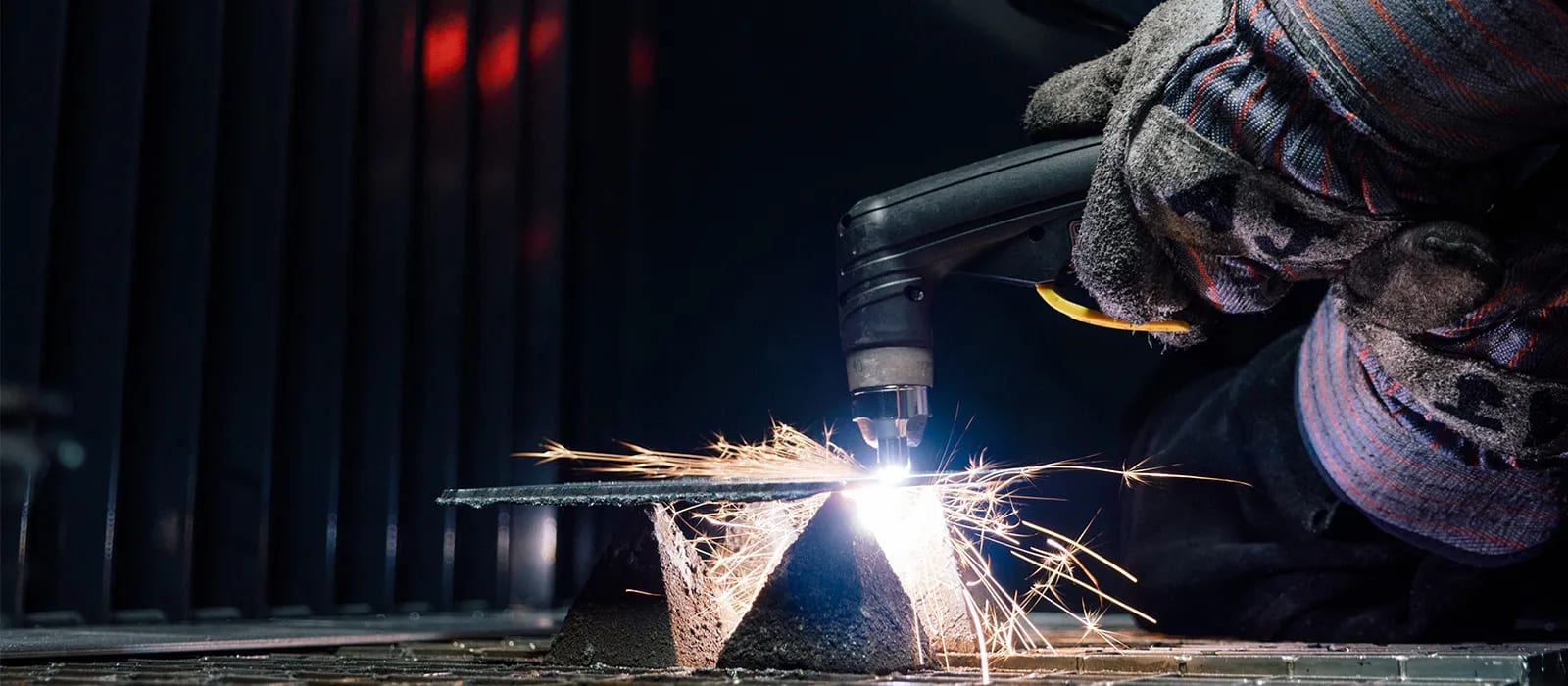Step-by-Step Guide to Preventing Weld Undercut in Different Metals
Step-by-Step Guide to Preventing Weld Undercut in Different Metals
Blog Article
Necessary Tips for Welders: Preventing Undercut Welding and Ensuring Stronger Weld Joints
In the realm of welding, attaining strong and long lasting weld joints is the foundation of producing high-quality work. Nonetheless, one common obstacle that welders typically run into is undercut welding, which can endanger the integrity of the weld joint. By understanding the factors that contribute to damaging and applying the right techniques and safety measures, welders can efficiently avoid this problem and ensure the durability and toughness of their welds. Let's explore some essential ideas that can assist welders browse this obstacle and boost the high quality of their welding projects.

Comprehending Undercut Welding
Undercut welding is a typical welding issue that takes place when the weld metal falls short to properly fill up the groove and causes a groove-like depression along the weld grain. This defect deteriorates the weld joint, making it prone to fracturing and failing under stress. Undercutting can be triggered by different elements, including excessive welding present, high welding speed, incorrect electrode angle, inaccurate electrode dimension, and inadequate welding method.
One of the major factors for undercut welding is an inequality between the welding existing and the welding speed. If the welding current is expensive or the welding rate is also fast, the weld metal may not properly fill the groove, causing undercutting. Furthermore, utilizing an electrode that is too large can cause a similar end result, as the excess steel can not effectively stream right into the groove.
To avoid undercut welding, welders need to guarantee they are utilizing the proper welding criteria, maintain an appropriate electrode angle, pick the ideal electrode size, and practice correct welding methods. By dealing with these elements, welders can minimize the threat of undercutting and develop more powerful, a lot more reputable weld joints.
Correct Welding Technique
Efficient welding technique plays an essential function in making sure the quality and integrity of weld joints. One fundamental aspect of appropriate welding method is preserving the appropriate angle and distance between the welding weapon and the work surface.
Furthermore, a consistent and constant hand activity is essential for creating solid and sturdy weld joints. Welders must go for smooth, uniform activities to make certain even circulation of the weld material. Appropriate manipulation of the welding weapon and filler product is likewise vital to attaining optimal penetration and combination.
Moreover, regulating the heat input and choosing the proper welding parameters based on the product being welded are essential consider accomplishing top quality welds - Preventing weld undercut. Welders must follow the recommended settings given by welding procedure specs and adjust them as required based upon the specific demands of the task. By grasping proper welding strategies, welders can substantially improve the strength and dependability of their weld joints
Picking the Right Electrode
When considering the value of choosing the appropriate electrode in welding applications,Maintaining the proper angle and distance in between the welding weapon and the workpiece is fundamental. The choice of electrode plays a critical role in identifying the high quality and strength of the weld joint. Electrodes are available in different kinds, each developed for specific functions and materials.
To start with, choosing the appropriate electrode size is necessary. Thinner electrodes appropriate for welding slim products, while thicker electrodes are better for thicker products and greater warmth applications. Matching the electrode diameter to the thickness of the workpiece aids attain a balanced weld.
Secondly, understanding the material structure of the electrode is essential. Different electrodes are made for welding particular products like steel, stainless steel, light weight aluminum, or cast iron. Making use of the proper electrode material makes sure great blend and lessens the threat of issues in the weld.
Finally, considering the welding setting and strategy is essential when picking the electrode type. For instance, specific electrodes are much better suited for vertical or overhead welding settings, while others function well for level or horizontal settings. Selecting the appropriate electrode visit this site right here based upon the welding technique improves the general weld top quality and stability.
Preparing the Base Steel
To guarantee a successful welding procedure, what preliminary actions should be taken when preparing the base metal for welding? Properly preparing the base metal is essential for achieving sturdy and solid weld joints. The primary step in preparing the base metal is to cleanse it completely to remove any type of contaminants such as rust, oil, dirt, or paint. This can be done using a wire chemical, brush, or mill solvents. In addition, any kind of existing weld material or deposit from previous welding should be eliminated to ensure a tidy surface area for the brand-new weld.

Performing Post-Weld Evaluations

After conducting these evaluations, welders have to compare the outcomes against sector standards and project requirements to make certain that the weld joint satisfies all essential standards. Any kind of discrepancies or insufficiencies uncovered during the post-weld assessment must be without delay attended to through suitable corrective actions to guarantee the weld's honesty. By diligently performing post-weld evaluations and without delay addressing any concerns, welders can support the quality and integrity of their work, inevitably adding to the safety and longevity of the welded structures.
Conclusion

In conclusion, preventing undercut welding and making certain more powerful weld joints need a combination of proper welding strategy, choosing the best electrode, preparing the base steel correctly, and carrying out post-weld assessments. By understanding the root causes of undercut welding and carrying out the required precautions, welders can generate top notch weld joints that satisfy market standards and make certain the structural integrity of the bonded elements.
Undercut welding is an usual welding problem that takes place when the weld metal falls short to properly fill the groove and results in a groove-like clinical depression along the weld bead (Preventing weld undercut). Undercutting can be triggered by numerous factors, including excessive welding current, high welding speed, incorrect electrode angle, wrong electrode size, and inadequate welding technique
One of the main reasons for undercut welding is an inequality look at here in between the welding current and the welding rate. If the welding current is too high or the welding speed is as well quickly, the weld steel may not sufficiently load the groove, leading to damaging.Keeping the right angle and range in between the welding gun and the workpiece is fundamental when thinking about the relevance of picking the appropriate electrode in welding applications.
Report this page